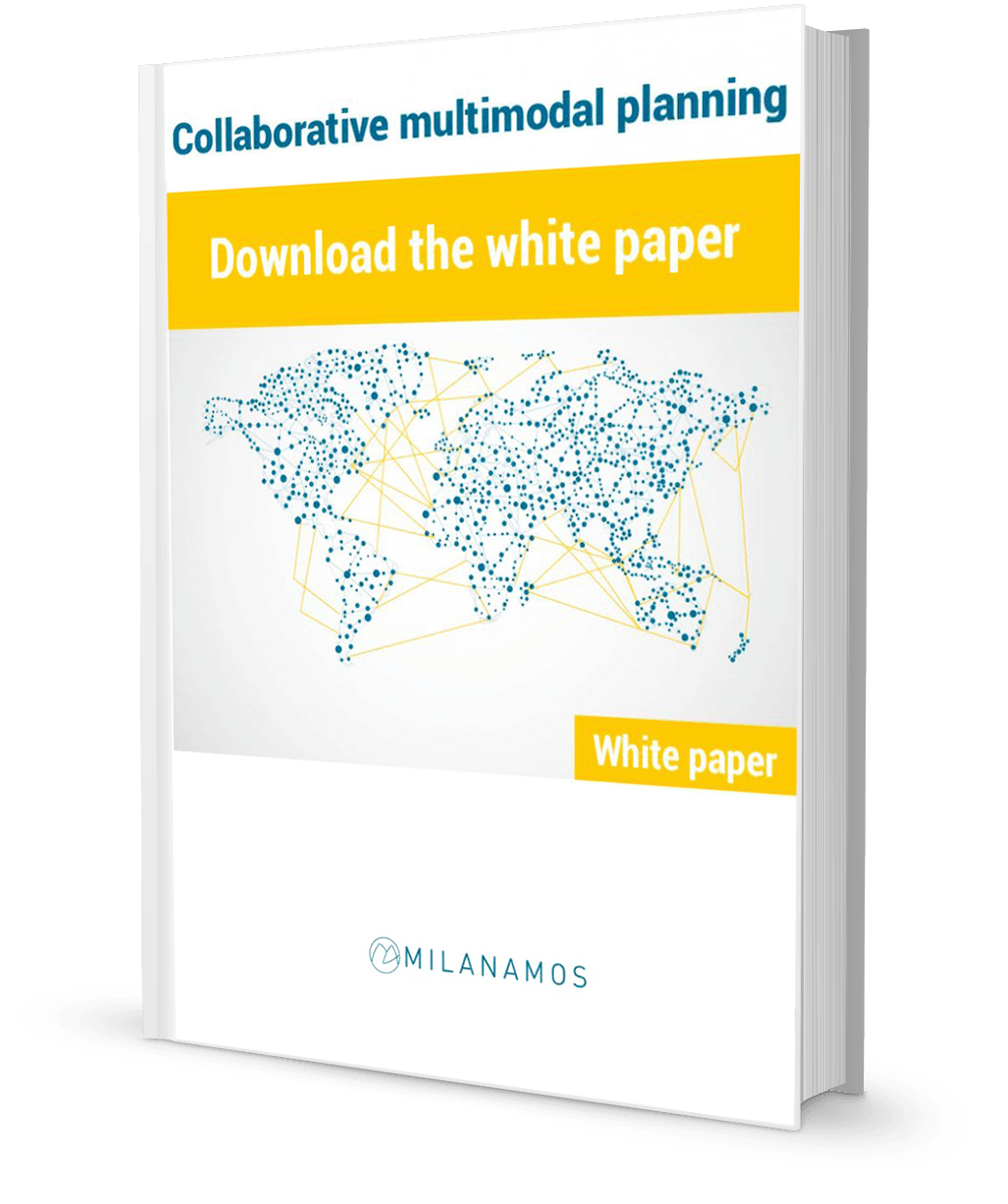Christophe Imbert here. I recently attended the Big Data, Analytics and Applied Machine Learning Conference at the Wohl Center, near Haifa, Israel.
It was fascinating to hear about how governments and commerce are using big data in such a variety of ways. But one presentation in particular that got me thinking was hearing how the medical community can use big data to get new insights from old research.
Using old data to answer new questions.
Professor Andrew Lansley explained during a presentation, and in a subsequent meeting, how open data has been mined to find links between topics like Alzheimer’s disease and Omega3 molecules (as found, for example, in fish oil). He also described how existing research data had been married to unlock new findings between cancer markers and cancer treatments.
It isn’t my goal here to go into the medical details … but the interesting concept for me was how existing data from completely different research studies was combined to find new insights.
Medical research is hugely expensive, with research studies potentially taking many years and costing millions of dollars. And there must be hundreds of completed studies that have been undertaken by universities and pharmaceutical companies around the world. Professor Lansley postulated that by opening up the silos of data which already exist, the medical community at large could make incredible new discoveries at very little cost and in significantly reduced timescales.
Of course, making data open is easier said that done. Governments, hospitals and universities are often happy to share data but don’t always have the technical imperative … but, conversely, pharmaceutical companies fear eroding the value of the expensive data they have created by making it open.
We already have the answers. We just haven’t asked the right questions.
It struck me how the same opportunities and problems exist for the various players in the world of transport, which is my particular field of interest. If governments and commercial organizations were to make their data more accessible it would enable planners to create more customer-friendly transport networks, and for the commercial operators to create more profitable and integrated multimodal transport networks.
In particular, I like the concept that we already have lots of answers … it’s just that we haven’t yet thought of the right questions. I also like the notion that data from different sources can be used quickly and inexpensively to give new insights. For example, at Milanamos we have recently helped African airlines to predict likely demand for new routes based on mobile phone data, even though no actual historical travel data was available. Predictive analytics is an interesting part of the big data equation. Overall, the ability of big data to throw light on important questions never fails to impress me.
Out of interest, one of the delegates at the event was former French Prime Minister Édith Cresson, with whom I had the opportunity to discuss big data and government. Mme Cresson, who holds a Doctorate in Demographie, has a keen interest in demographics and the ways in which analytics can be used for the benefit of society.
Get in touch. Find out more.
Related reading.
IBM have produced a white paper on big data in medical research.
http://www-01.ibm.com/software/ebusiness/jstart/downloads/bd_HealthcareResearch.pdf
Stanford University presentation on Big Data, Aging and Longevity
http://scopeblog.stanford.edu/2015/07/06/a-look-at-aging-and-longevity-in-this-unprecedented-time-in-history/
Footnote: My partner at Milanamos, Christophe Ritter, has written an interesting blog post on the subject of
‘Big Data for Transport Networks : Complication versus Complexity’.
Please re-tweet this story.
Article by Christophe Imbert. Winning new insights from old (big) data. http://t.co/mZL7i37bbt pic.twitter.com/KC41jOutak
— Milanamos (@PlanetOptim) 31 Août 2015











